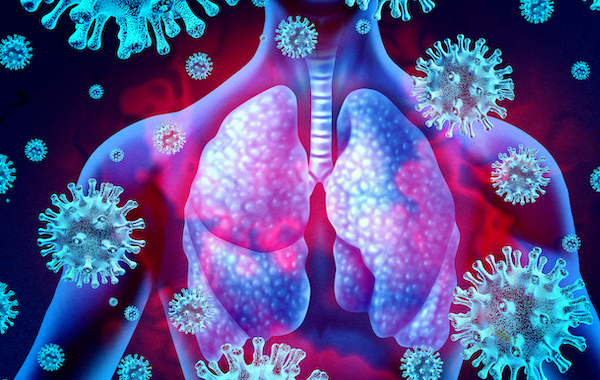Monsoon brings relief from the scorching heat, but it also invites several health concerns due to increased humidity and waterborne infections. It is important to be aware of the most common monsoon diseases, their symptoms, and take necessary precautions to stay healthy. In this blog, we will explore seven prevalent monsoon diseases, their symptoms, and effective precautions to minimize the risk of falling ill.
Malaria :
Malaria is a mosquito-borne disease that becomes more prevalent during the monsoon season. Symptoms include high fever, chills, headache, and body aches. To prevent malaria, use mosquito repellents, sleep under mosquito nets, and wear long-sleeved clothing. Remove stagnant water around your surroundings as it serves as breeding grounds for mosquitoes.Tripncare Meditour offers better service for treatment.
Dengue Fever :
Dengue fever is another mosquito-borne viral infection common during the monsoon. Symptoms include high fever, severe headache, joint and muscle pain, rash, and fatigue. To prevent dengue, eliminate mosquito breeding sites by regularly cleaning and covering water containers. Wear protective clothing and use mosquito repellents. Seek medical attention if you experience any symptoms.Tripncare Meditour offers better service for treatment.
Chikungunya :
Chikungunya is a viral disease transmitted by mosquitoes. Symptoms include sudden high fever, severe joint pain, headache, muscle pain, rash, and fatigue. Precautions for chikungunya are similar to those for dengue and malaria. Eliminate stagnant water, use mosquito repellents, and wear protective clothing.
Typhoid :
Typhoid is a bacterial infection caused by contaminated food and water. Symptoms include high fever, headache, abdominal pain, and diarrhea. To prevent typhoid, consume only clean and boiled water, wash fruits and vegetables thoroughly, and avoid street food. Maintain good personal hygiene, including handwashing, to minimize the risk of infection.Tripncare Meditour offers better service for treatment.
Diarrheal Diseases :
During the monsoon, water contamination is common, leading to various diarrheal diseases like cholera and gastroenteritis. Symptoms include watery diarrheal, abdominal cramps, nausea, and vomiting. To prevent diarrheal diseases, drink only filtered or boiled water, avoid street food and raw vegetables, and maintain proper hand hygiene. Consume freshly prepared, well-cooked meals.
Respiratory Infections :
Respiratory infections, such as common cold, flu, and pneumonia, are more prevalent during the monsoon due to increased moisture and humidity. Symptoms include cough, sore throat, nasal congestion, and fever. To prevent respiratory infections, maintain personal hygiene, wash hands frequently, avoid crowded places, and cover your mouth and nose while coughing or sneezing. Stay adequately hydrated to keep the respiratory system healthy.
Leptospirosis :
Leptospirosis is a bacterial infection transmitted through water contaminated by the urine of infected animals. Symptoms include high fever, headache, muscle pain, nausea, and vomiting. To prevent leptospirosis, avoid wading through floodwaters, wear protective footwear, and maintain proper sanitation. If you have any open wounds, ensure they are properly covered.
During the monsoon season, it is crucial to be aware of common diseases, their symptoms, and take appropriate precautions to stay healthy. By following simple preventive measures like maintaining personal hygiene, eliminating mosquito breeding sites, consuming clean food and water, and avoiding exposure to contaminated environments, you can minimize the risk of falling ill. Stay informed, take care of your health, and enjoy the beauty of the monsoon season without compromising your well-being.
For more updates please visit
https://www.tripncare.co








Post a Comment